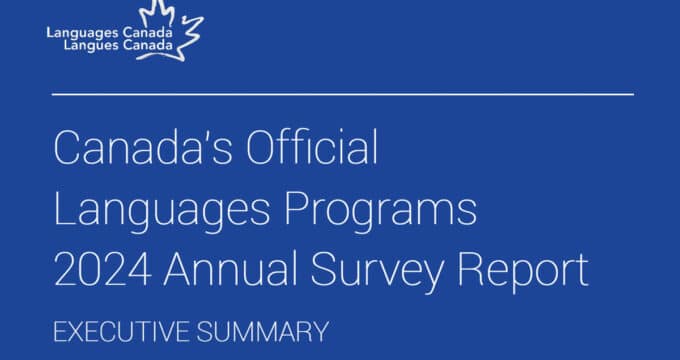Chinese study destinations and post-study plans changing this year
A new study published earlier this month finds shifting patterns of demand among Chinese students planning to study abroad, both with respect to destination preferences and in the students’ plans following graduation. The study was prepared by Vision Overseas Consulting Co, a subsidiary of New Oriental Education and Technology Group. It draws on a survey of 6,228 students (or parents of students) that was conducted over January and February 2019. Each of the respondents was either planning to study overseas or had already returned to China after studies abroad. This is the fifth consecutive year in which Vision Overseas has produced its survey report and this year’s edition reaches back to those earlier study findings to observe changing trends in Chinese demand over the past several years.
Destination table is changing
The 2019 survey finds that the US remains the top destination choice for Chinese students, but the percentage of respondents who rank the US as their first choice has been declining over the last three years. Just over four in ten (43%) said the US was their top choice this year, but that is down from 44% in 2018 and 49% in 2017. The UK, meanwhile, has been growing in popularity and sits just behind the US as the top choice of 41% of respondents this year (up from 35% last year). Australia (18%) and Canada (16%) held their positions this year as the third and fourth most-popular study destinations, with Hong Kong, Germany, and Japan rounding out the top choices. “On the whole,” the report adds, “the diversification trend of the choice of study destinations is still continuing.” Speaking at a press conference after the report’s release, Vision Overseas President Sun Tao said that increasing competition for admission to US universities as well as growing trade tensions between the US and China were likely playing a part in student preferences. He observed as well that the relative affordability of the UK – as well as a less-competitive admissions context there – were some of the factors in the country’s growing popularity among Chinese students. “Going to the UK for a master’s degree may be a common choice for Chinese students,” said Mr Sun. “Spending one year on a master’s programme is fairly attractive, considering the costs and study requirements.” This growing emphasis on affordability connects to another finding in the Vision Overseas study, which is that a growing proportion of families outside of the upper-management employee group are sending their children abroad to study. “The proportion of ‘general employees’ has increased year by year,” notes the report, “making it the highest proportion of this year, accounting for 43%” “The group with the highest proportion five years ago is ‘middle-level leader’.” (48% in 2019.) And finally, “The ‘executive group’ has been relatively stable in the past five years.” (22% this year.) These observations in the Vision Overseas report echo similar findings last year from the Beijing Overseas Study Service Association (BOSSA), which noted at the time a distinct increase from 2014 to 2017 in the proportion of families outside of the senior or middle management groups with children enrolled overseas.
Plans to return home
The Vision Overseas survey also highlights a growing awareness among Chinese students in the non-economic benefits of study abroad, noting that, “More than half of the students hope to broaden their international horizons, enrich their life experiences and learn advanced knowledge through studying abroad.” Even so, roughly four in ten prospective students believe that the financial returns of a foreign degree – through higher incomes and better employment opportunities – must outweigh the costs in order to justify the decision to study abroad. In contrast, however, 70% of those who had already studied abroad said that the chance for better income was only part of the picture for them, and placed much more emphasis on other factors, including gaining international experience and personal development. The report also makes clear, however, that improving employment opportunities remains a major motivator for study abroad: “Comparing the five-year data, the proportion of people who choose to return to employment immediately after graduation is on a rising trend. On the one hand, compared with domestic, the foreign employment market has approached saturation, which makes more interested people plan to return to work immediately after graduation. On the other hand, more and more [students] are studying abroad to be more competitive in the domestic job market.” The 2019 survey finds that nearly eight in ten (78%) of respondents planned to return to work in China, either immediately after graduation or after first gaining international work experience. This reflects a significant increase from the 58% who said they planned to return to work in China in the 2016 survey. Statistics from the Ministry of Education reinforce this finding and highlight that the number of Chinese students returning from abroad reached nearly 520,000 in 2018, an increase of 8% over the previous year. A related report from the China Daily notes that the “return rate soon after graduation” reached 80% last year, up from 31% in 2007, and 5% in the late 1980s. For additional background, please see:


















